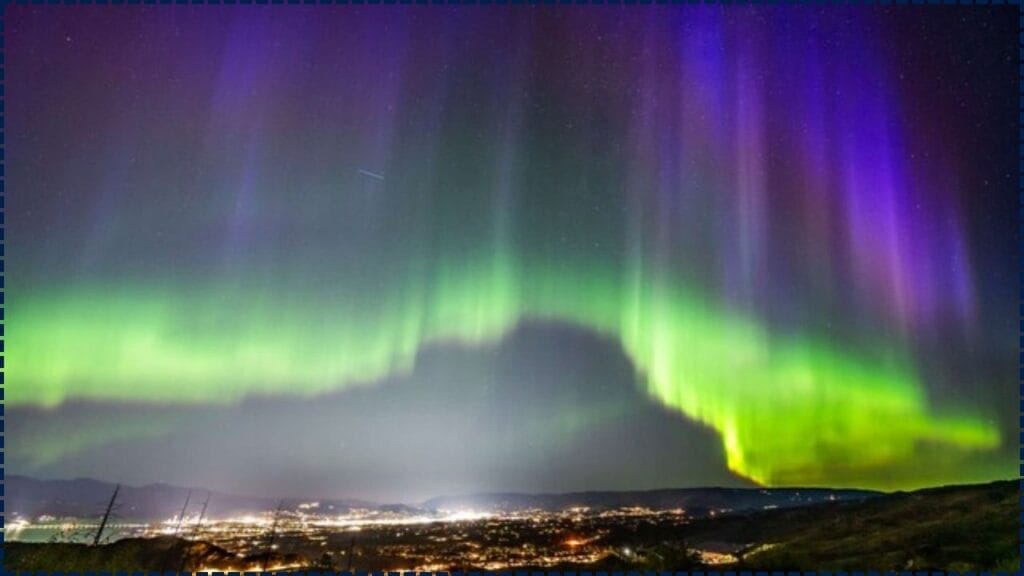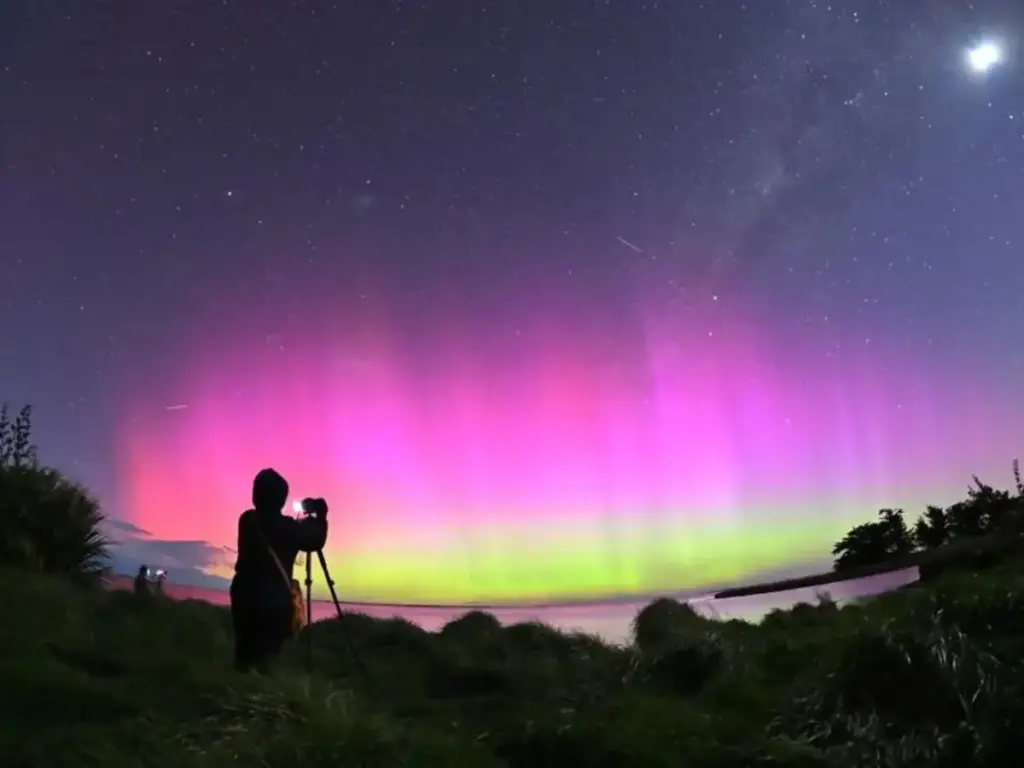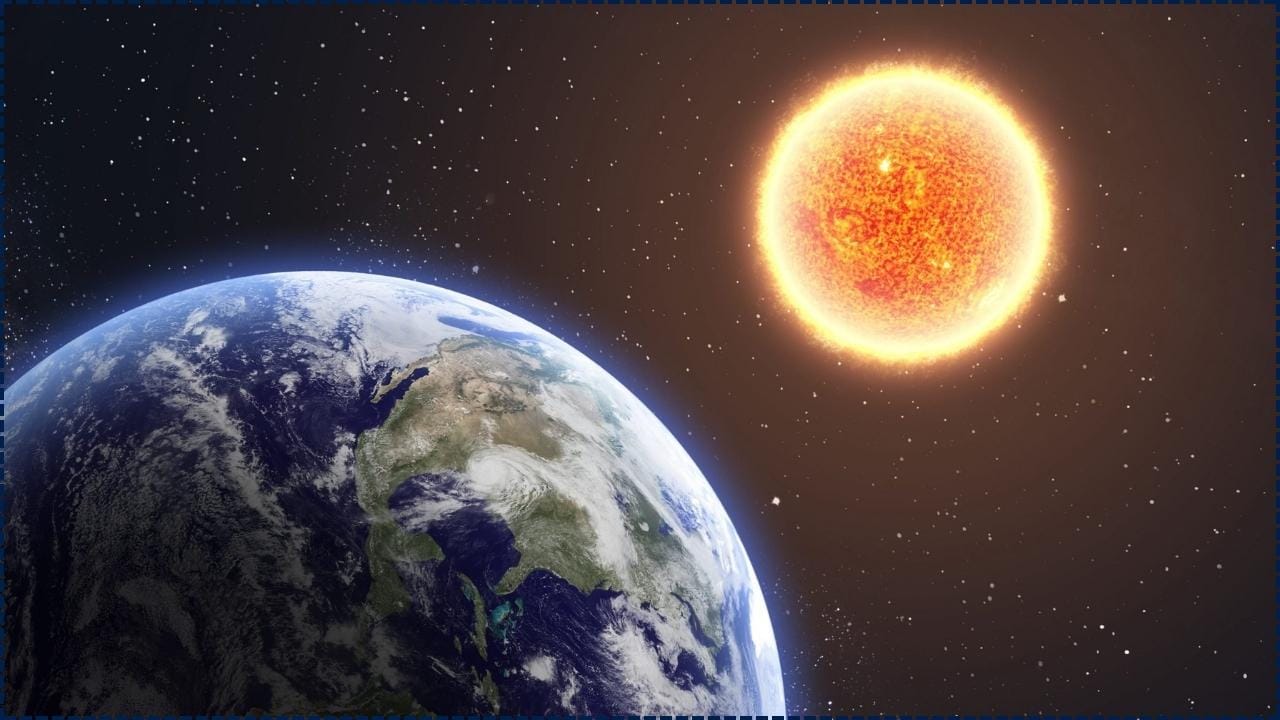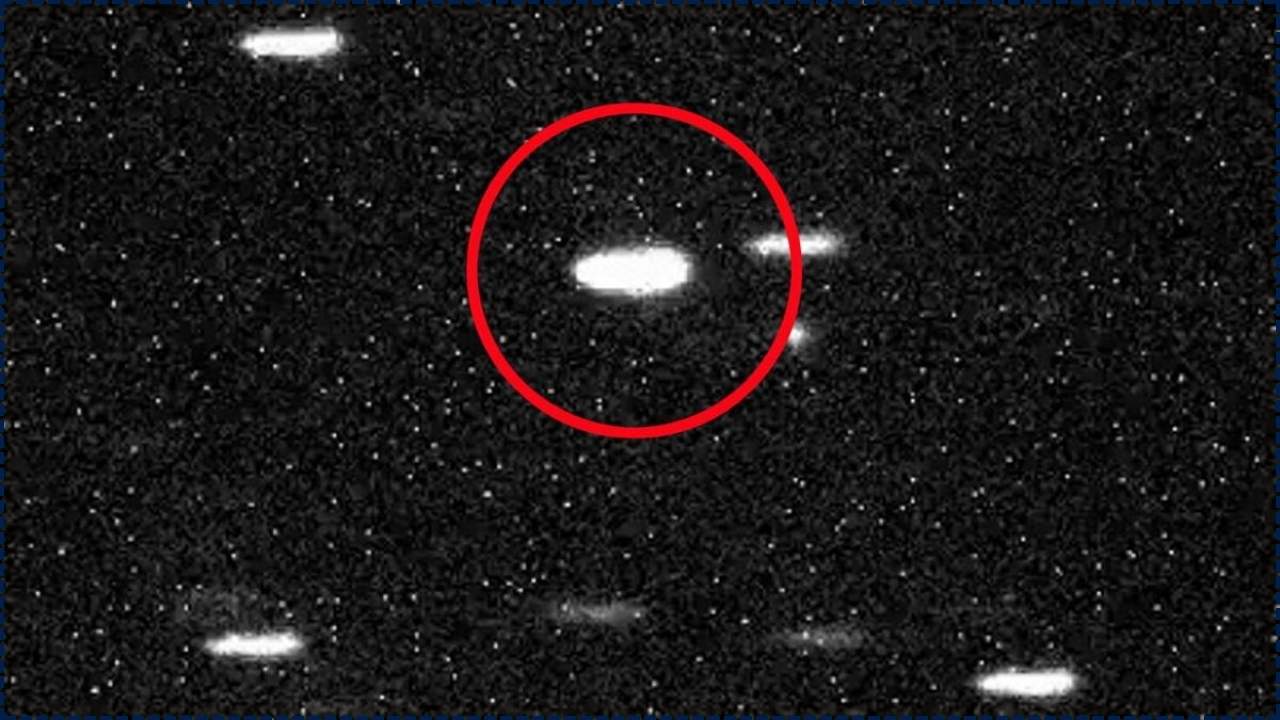The Northern Lights may be visible again as another solar storm approaches Earth, presenting an extraordinary opportunity for millions across North America to witness one of the most spectacular natural light shows known to humanity. Known scientifically as the aurora borealis, this phenomenon typically occurs near the polar regions, but under certain solar conditions, it can stretch much farther south than usual. Thanks to increased solar activity, people living in parts of the continental U.S. could get front-row seats to this otherworldly experience.

This week, the excitement stems from yet another wave of coronal mass ejections (CMEs) erupting from the Sun. These powerful solar outbursts hurl clouds of magnetized plasma into space. If the CME trajectory intersects with Earth’s orbit, those particles slam into our planet’s magnetic field, triggering glowing, color-rich displays in the night sky. The NOAA Space Weather Prediction Center has issued geomagnetic storm watches in anticipation of this event, and skywatchers are encouraged to be ready for possible nighttime auroras.
Northern Lights May Be Visible Again
| Feature | Details |
|---|---|
| Event | Northern Lights visible in U.S. due to incoming solar storm |
| Cause | Coronal Mass Ejection (CME) impacting Earth’s magnetic field |
| Best Viewing Areas | Alaska, Montana, North Dakota, Michigan, Minnesota, parts of New York, Vermont, and Washington State |
| Viewing Time | 10 p.m. to 2 a.m. local time |
| Required Conditions | Clear, dark skies with low light pollution |
| Tech Tip | Use smartphone night mode or DSLR camera with long exposure |
| Safety | No risk to health, but minor impacts to satellites and radio signals possible |
| Official Resources | NOAA Aurora Dashboard |
With another solar storm racing toward Earth, this week could be your golden opportunity to witness the majestic Northern Lights from places that rarely get the chance. Whether you’re a seasoned stargazer or a first-timer with wide eyes and a thermos of hot cocoa, the experience of watching the sky glow and dance is unforgettable.
Take the time to prepare: check the weather, find a dark spot, and charge your camera batteries. With the right conditions, this natural phenomenon will remind you of the beautiful and mysterious forces that govern our planet and beyond.
What Causes the Northern Lights?
It All Begins at the Sun
The aurora borealis is much more than a pretty light show—it’s a fascinating consequence of solar physics. When the Sun undergoes intense magnetic activity, it releases CMEs, which are essentially massive explosions of solar material. These clouds of charged particles travel at millions of miles per hour. If they collide with Earth’s magnetosphere, they interact with the gases in our upper atmosphere.
The energy transfer causes atoms like oxygen and nitrogen to become excited and release photons—or light. Oxygen glows green or red, depending on altitude. Nitrogen emits purple and blue hues. The overall effect? A jaw-dropping sky show that dances and shimmers like liquid fire. It’s all governed by the laws of electromagnetism, but it looks like pure magic.

Why Are the Northern Lights Moving South?
The Role of the Solar Cycle
Every 11 years, the Sun goes through a period of increased solar activity known as the solar maximum. During this phase, sunspots and solar flares occur more frequently. This year, we’re inching closer to that peak, which means more CMEs and, by extension, more frequent auroras.
Current geomagnetic conditions are labeled G2 (moderate) to G3 (strong) by NOAA. That increases the chances of visible auroras extending into mid-latitude regions, including states like Illinois, Wisconsin, Pennsylvania, and even Oregon and Washington.
Historical Examples of Southern Auroras
The Northern Lights, with their breathtaking dance of colors, have once again reached beyond their usual skies, touching hearts far and wide. In 1859, the legendary Carrington Event painted auroras across places as far south as Cuba and Hawaii, uniting people in awe. While this week’s display may not reach such extremes, it gently reminds us of the Sun’s vibrant energy and its power to connect us through nature’s wonders.
In April and May 2024, communities in Colorado and Missouri were delighted by unexpected aurora sightings, sparked by solar storms that lit up the night with vibrant hues. These moments invite us all—families, dreamers, and neighbors—to look up and share in the magic of the cosmos. By staying attuned to nature’s rhythms and forecasts, we can come together to celebrate these fleeting gifts, fostering a sense of unity and wonder as we cherish the beauty of our planet and its place in the universe.
Northern Lights May Be Visible Again See the Aurora Borealis Like a Pro
Northern Lights May Be Visible Again Guide
- Stay Informed — Use tools like the Aurora Dashboard and apps like Aurora Forecast or My Aurora Forecast.
- Scout a Dark Location — Light pollution is a major buzzkill. National parks or countryside locations are best.
- Plan Around the Weather — No one sees the aurora through clouds. Use weather apps to check for clear skies.
- Choose the Right Time — Peak viewing is typically from 10 p.m. to 2 a.m. local time, though auroras can sometimes appear earlier.
- Gear Up — Bring warm clothes, a blanket, hot drinks, and your best low-light camera or smartphone.
Camera Settings That Work
If you’re capturing the aurora on camera:
- Use a wide-angle lens if possible.
- ISO: 800–6000, depending on ambient light.
- Aperture: f/2.8 or wider.
- Exposure: 5–30 seconds.
- Use manual focus set to infinity and a sturdy tripod.
The Science Behind the Show
Earth’s Magnetic Shield
Earth’s magnetosphere, like a caring guardian, wraps our planet in a protective shield, gently guiding most solar particles away. During a geomagnetic storm, this shield softens, allowing some particles to dance toward the poles, creating the breathtaking auroras that light up our skies. These shimmering displays, often seen in the auroral ovals, invite communities worldwide to gather in awe, uniting us in the wonder of our planet’s connection to the cosmos.
As these particles embrace atmospheric gases, they spark vibrant light—green curtains swaying gracefully, red crowns glowing warmly, or violet waves rippling with magic. Each hue tells a story of energy and harmony, reflecting the beauty of Earth’s delicate balance. This natural spectacle calls us to come together, from families under starry skies to curious souls everywhere, fostering a shared appreciation for our planet’s gifts and inspiring us to protect and cherish our home with love and unity.
Potential Disruptions
Though stunning to behold, geomagnetic storms can mess with modern technology. Here’s how:
- Airline Communications: HF radio bands may temporarily degrade.
- Navigation Systems: GPS can become less reliable.
- Power Grids: Ground-induced currents can cause voltage instability, though utilities are on standby during strong storms.
- Fortunately, this week’s event is not expected to produce major disruptions.
Related Links
Solar Power Breakthrough: Kesterite Hits 13.2% Efficiency, Surpassing Silicon And Perovskite
You Swore It Was a One-Off—But These 3 Red Flags Say You’ll Spend Again (and Again)
Weather & Visibility Forecast by City
Anchorage, AK
- Weather: Partly cloudy
- Aurora Visibility: Very High
Duluth, MN
- Weather: Overcast with some haze
- Aurora Visibility: Medium, dependent on cloud cover
Marquette, MI
- Weather: Clear to partly cloudy
- Aurora Visibility: High
Buffalo, NY
- Weather: Mostly clear with wildfire haze
- Aurora Visibility: Moderate to High
Seattle, WA
- Weather: Clear
- Aurora Visibility: High
- Use AccuWeather and NOAA for updated forecasts and visibility maps.
FAQs
Q1: Is it safe to watch the Northern Lights?
Yes! The aurora is completely safe to view with the naked eye. There are no health risks associated with observing it.
Q2: What causes different colors in the aurora?
The type of gas and the altitude determine the color:
- Oxygen at high altitudes: red
- Oxygen at lower altitudes: green
- Nitrogen: blue or purple
Q3: Can I use a smartphone to photograph the aurora?
Absolutely. Many modern phones have night modes or can work with third-party long-exposure apps. Just keep it steady!
Q4: Will this event repeat soon?
Not exactly, but more solar activity is expected over the coming months as the solar maximum approaches.
Q5: What if I miss it?
No worries. Keep checking aurora forecasts. If the Sun stays active, more chances are likely this year.












